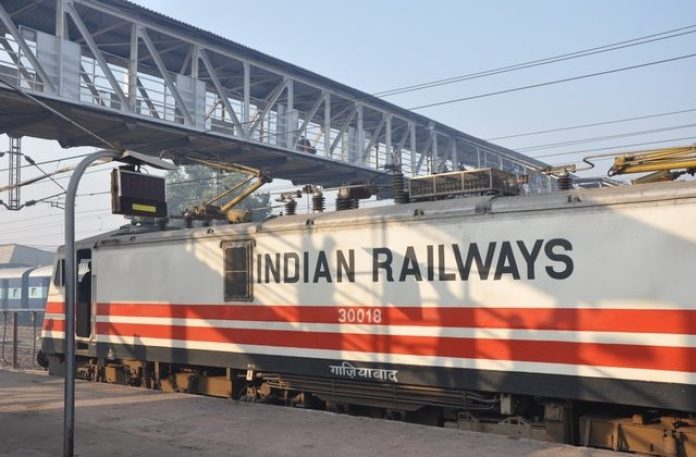Snapshot
Indian Railways is now looking to develop new dedicated freight and high-speed corridors.
After making significant progress on dedicated freight corridor project, Indian Railways is now looking for new dedicated freight and high speed corridors which will help in decongesting the rail network and reduce the logistics costs.
“The railways is now in the process of identifying new dedicated freight and high speed corridors for the purpose of providing efficient passenger and freight transportation services,” Minister of State for Railways Darshana Jardosh said.
While inaugurating the 14th International Rail Conference 2021 in New Delhi, she said “National Rail Plan is a major step to make a future ready system by 2030 as it would create capacity for future growth in demand up to 2050 and increase Railway’s modal share in freight to 45 per cent by 2030.”
The three-day International Railway Equipment Exhibition (IREE), organised by Confederation of Indian Industries in association with the Railway Ministry from 16 December, witnessed participation of more than 200 companies, including key global players from Austria, Czech Republic, France, Germany, Japan Russia, USA, Switzerland. They are showcasing advanced technology and services for the rail transportation sector this year.
The exhibition also features strong participation of Indian Railways and display of achievements by railway production units, zonal/regional railways and public sector undertakings.
Jardosh also said that India is moving ahead on the path of achieving 100 per cent indigenisation of the components used in manufacturing of the rail coaches by the end of 2022.
The development and enhancement of the rail infrastructure continues to be an important aspect along with the upgradation of the existing infrastructure.
Under the National Monetisation Pipeline, a large number of stations will be developed through PPP mode under the model concession agreement. Fine examples of which are Bhopal and Gandhinagar which have been developed as world-class stations.
The National Rail Plan also envisages many initiatives — such as capacity utilisation of existing railways assets, long-term development plans to meet demands for doubling of lines, signaling, electrification of entire network, passenger stations, freight terminals, rolling stock, dedicated freight and high-speed rail corridors. 100 per cent electrification of the Indian Railways by 2024 is another aim which is on the verge of being fulfilled.
Railway chairman and chief executive officer Suneet Sharma while sharing the transformational journey of the Indian Railways said that over time the railways has adapted and progressed in great manner in terms of technologies, changes in transmission systems, traction systems, brake systems, wagons, coaches, design, etc.
Highlighting the achievements of the railways, Sharma further added that under the National Rail Plan, a large number of measures are being taken to create capacities and synergise with other modes of transport.
The vision 2024 document under the National Rail Plan aims at the development of rail infrastructure so as to enhance the capacities and throughput while strengthening the safety in train operations.
Over the last five years, CII has worked closely with Indian Railways in implementing energy efficiency and various environmental initiatives. As a result, 50 railway workshops and eight production units have achieved the GreenCo rating and 24 railway stations achieved green railway station rating.


